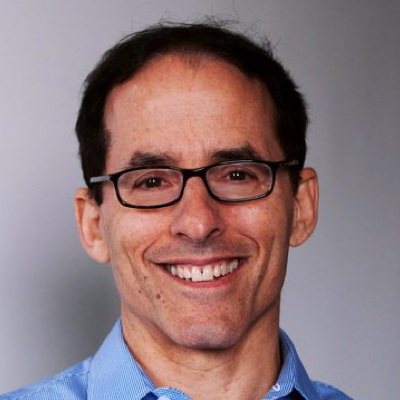August 15, 2008
Mark Weisbrot En español
The Nation, August 15, 2008
Common Dreams, August 16, 2008
Slovo (Slovakia), August 20-26, 2008
Alternet, August 27, 2008
See article on original website
Evo Morales changed the history of Bolivia when he was elected in December 2005 as the country’s first indigenous president, and the first to get a majority of 54 percent. On Sunday he expanded his mandate considerably in a referendum, with 68 percent of voters opting to keep him in office.*
The conventional wisdom in Washington – where the foreign policy establishment is decidedly not sympathetic to Morales’s populist agenda – has been that the referendum would settle nothing. Bolivia remains divided, say the pundits, along geographic (eastern lowland states versus the west), ethnic (indigenous versus non-indigenous), and class (rich versus poor) lines.
Maybe so, but apparently it is less divided than when Morales was first elected, an event that was widely celebrated as a milestone akin to the end of apartheid in South Africa. Was that election also meaningless?
Bolivia’s indigenous majority had previously been excluded from the corridors of power, and the results can be seen in their lower living standards: indigenous Bolivians have less than half the labor income and forty percent less schooling than non-indigenous.
Morales had promised to regain control over the country’s hydrocarbon – mostly natural gas – resources. This was accomplished and has brought in an extra $1.5 billion of revenue to the public treasury. (For comparison, imagine an extra $1.6 trillion, or four times the current U.S. federal budget deficit, in the United States.)
Morales and his party had also promised a new constitution, and that is where things got bogged down. The main stumbling blocks revolve around the distribution of the country’s most important natural resources. These are the hydrocarbon revenue and also Bolivia’s arable land.
In developing countries throughout the world that are dependent on hydrocarbons (oil or natural gas), these revenues generally belong to the central government, not the place where they are located. Bolivia is unusual, in that half of the hydrocarbon revenue goes to the provinces and local governments.
But the four eastern lowland provinces – sometimes called the “Media Luna” or “half-moon” because they form a crescent along the eastern half of the country – wanted even more control over these revenues.
These provinces produce about 82 percent of Bolivia’s natural gas, and get nearly three times the gas revenue per person as do the other five provinces. The Media Luna states have a per capita income that is about 40 percent higher than the other five states. Their population is also much less indigenous: ranging from 16 percent (Pando) to 38 percent in Santa Cruz, as compared to 66-84 percent in the other states.
The Media Luna states also have the big landholdings that give Bolivia one of the most concentrated land distributions in the entire world. Well under one percent of landowners have two-thirds of the country’s farm land. These include the big soybean producers of Santa Cruz, Bolivia’s largest province and bulwark of the Media Luna alliance. Some of the big landowners are leaders of the political opposition.
Land reform is understandably a central political and economic issue. With forty percent of the labor force in agriculture and more than three-quarters of rural Bolivians in poverty, a redistribution of arable land is not only a central demand of the voters, but an important part of an economic development strategy that can boost employment and income in the countryside.
The referendum this past Sunday shows that the Morales government has increased its mandate to a landslide margin, by delivering on some of the changes that the electorate had voted for, and offering the majority of Bolivians a realistic hope for a better future. It casts doubt on the claim that this government has simply pursued its own, polarizing, leftist agenda, without regard to the concerns of the broad electorate. Its victory is all the more impressive in that it has been handicapped by an overwhelmingly hostile Bolivian media.
Bolivia is South America’s poorest country, with 60 percent of the population living below the poverty line, and 38 percent in extreme poverty. The voters have overwhelmingly decided that they want their government to do something about that. This should be possible, even if it means redistributing some of the country’s most important natural resources.
Mark Weisbrot is co-director of the Center for Economic and Policy Research, in Washington, D.C. He received his Ph.D. in economics from the University of Michigan. He is co-author, with Dean Baker, of Social Security: The Phony Crisis (University of Chicago Press, 2000), and has written numerous research papers on economic policy. He is also president of Just Foreign Policy (www.justforeignpolicy.org).
* At the time of publication, the latest official results showed over 67.70% support for Evo Morales’ presidency. The final number was 67.41%.






